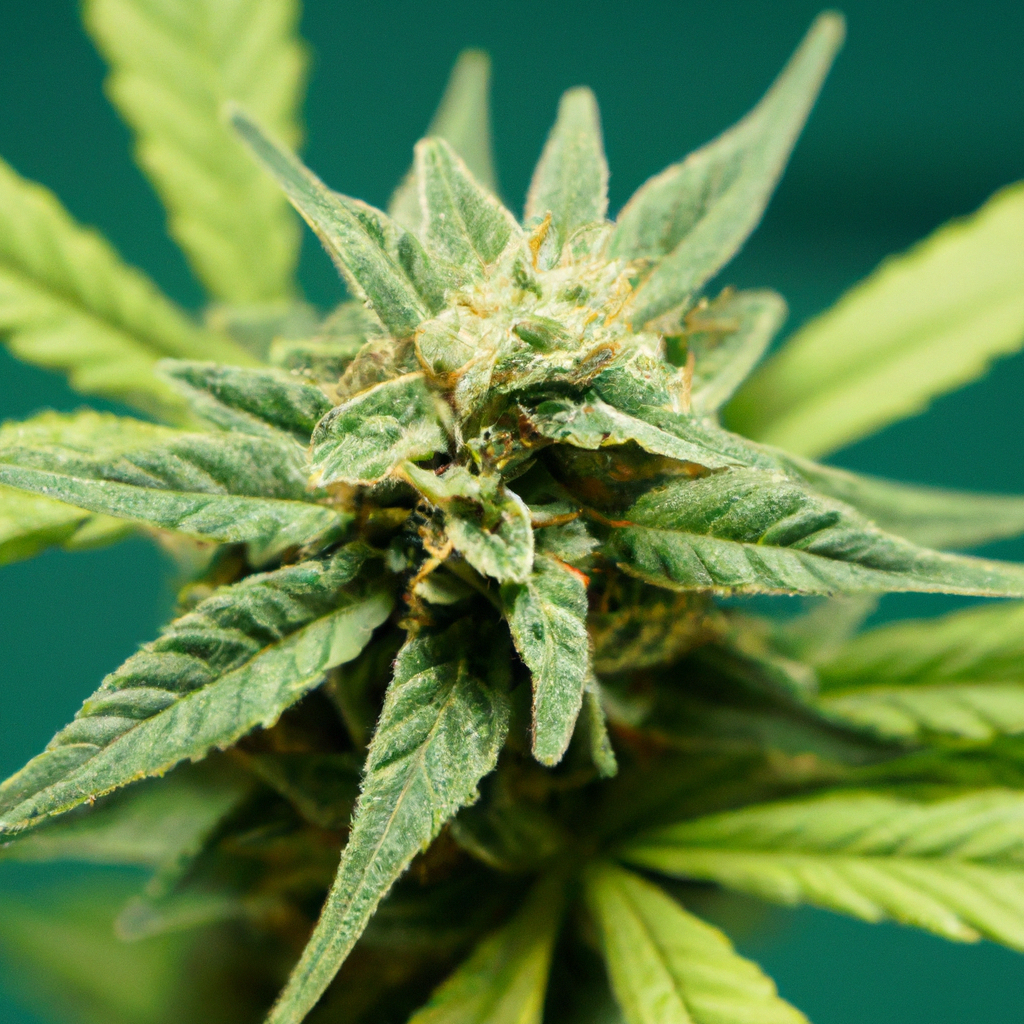By John “Magic” Greenleaf – “Growing greatness, one strain at a time.”
Introduction
Medicinal cannabis has been making waves across the globe, and among its numerous benefits, its potential role in cancer management is particularly notable. Let’s delve into how various strains, cultivation techniques, and specific cannabinoids might aid patients fighting cancer.
Cannabis Strains: A Targeted Approach
When it comes to utilizing cannabis for medicinal purposes, selecting the right strain is crucial. Certain strains are more effective in addressing cancer symptoms due to their unique cannabinoid and terpene profiles. Here are a few noteworthy examples:
- “Magic Kush”: Renowned for its pain-relieving properties, this indica-dominant strain offers deep relaxation and is popular among patients undergoing chemotherapy.
- High-CBD Strains: Cultivars like “Rocky Relief” demonstrate high CBD content, known for anti-inflammatory and anti-emetic effects, making them ideal for managing nausea and appetite loss.
- Mile High Mystique: A hybrid with a calming effect, which may help ease anxiety and stress commonly experienced by cancer patients.
Cannabinoids & Terpenes: The Science Behind the Relief
Understanding how individual cannabinoids and terpenes contribute to cancer relief can guide more effective use of cannabis:
- THC: Known for its psychoactive properties, THC also offers analgesic effects that can help manage cancer-related pain.
- CBD: This non-psychoactive cannabinoid is celebrated for its anti-inflammatory benefits and potential in reducing tumor growth.
- Myrcene and Limonene: These terpenes offer sedation and stress relief, promoting better sleep and relaxation, which are crucial in cancer recovery.
Cultivation Techniques: Maximizing Medicinal Benefits
For cultivators, optimizing the medicinal benefits of cannabis involves combining traditional techniques with modern innovations. Here’s how you can improve the therapeutic quality of your crops:
- High-Yield Optimization: Achieving 1.5-2 grams per watt in indoor grows ensures abundant production of potent flowers.
- Environmental Control: Maintaining ideal humidity levels (55-60% RH during veg and 45-50% RH during flowering) minimizes mold risk, enhancing resin production.
- Sustainability Practices: Utilizing LED lighting and drip irrigation not only conserves resources but also supports healthy, consistent plant growth.
Conclusion
The cancer-fighting potential of cannabis is rooted in both its biologically active compounds and the methods employed in its cultivation. By understanding and harnessing these elements, we can offer a glimmer of hope for patients looking for alternative cancer management options.
Remember, “Healthy roots, healthy buds, happy harvests,” and with each harvest, we cultivate not just medicine, but hope.


Leave a Reply